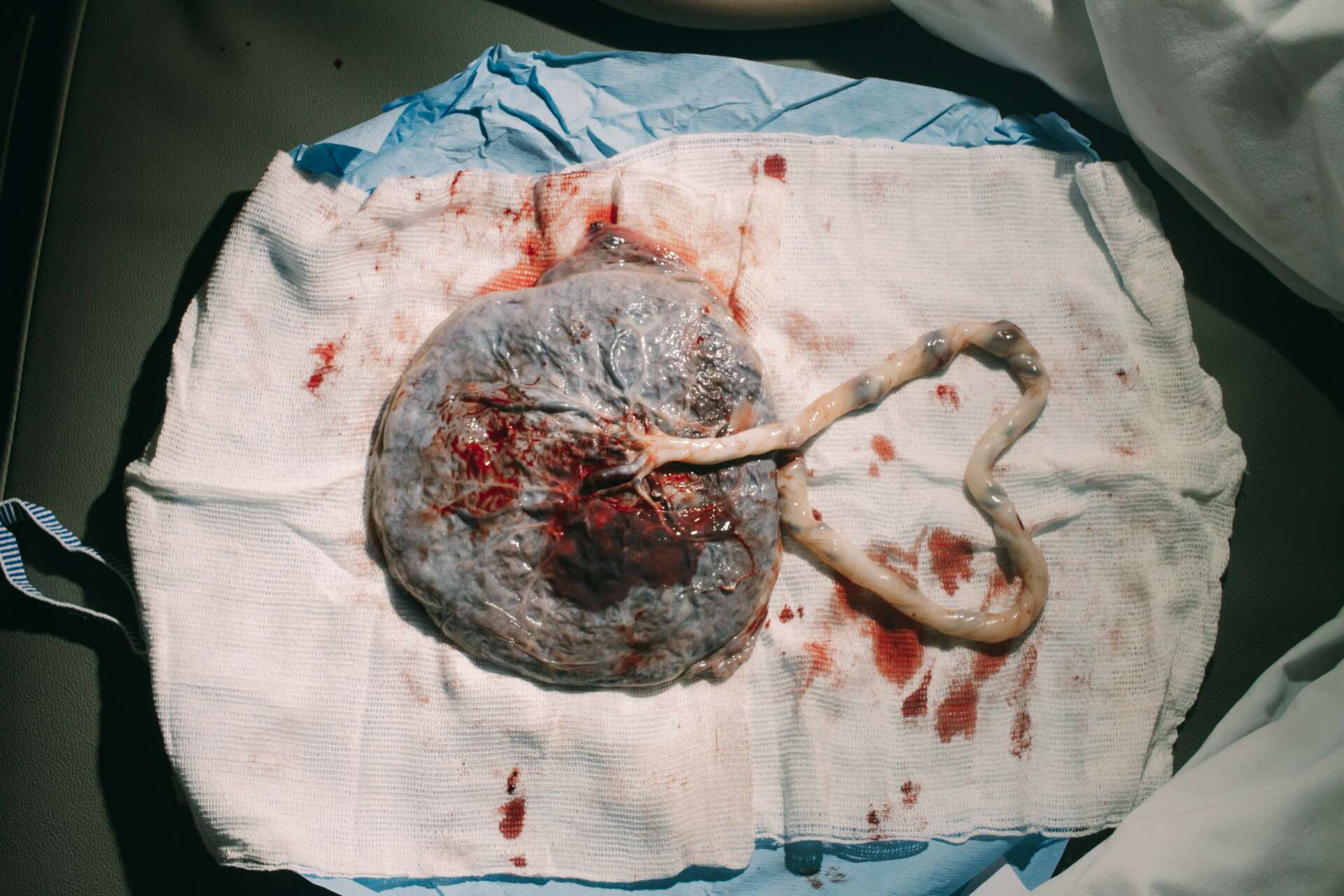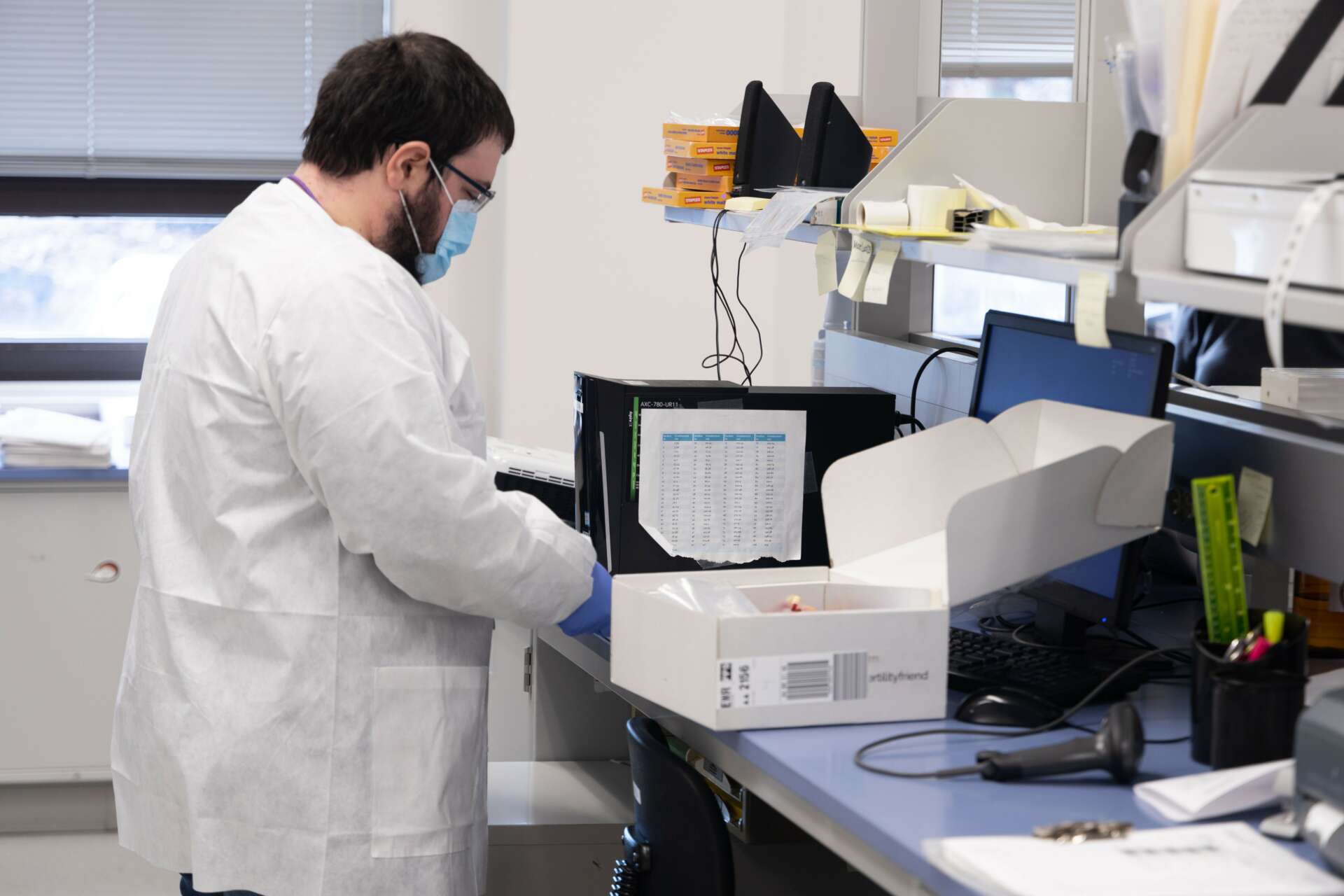We’re excited to introduce you to the always interesting and insightful Kathryn Cross. We hope you’ll enjoy our conversation with Kathryn below.
Kathryn, looking forward to hearing all of your stories today. Let’s start with the story of your mission. What should we know?
When I was 3 and my brother was 1, he was in a near-drowning accident. Soon after the accident, my brother was diagnosed with cerebral palsy. He couldn’t walk or talk, so my mom immediately began looking into treatments. We found hope in umbilical cord blood. The research was in its early days at the time, but there were a few inspiring stories of children with cerebral palsy who saw changes in upper body strength, vision, and coordination within just a year of an umbilical cord blood treatment. The anti-inflammatory effects of umbilical cord blood were extremely promising. Studies like those that Dr. Joanne Kurtzberg was carrying out made my family bullish on umbilical cord blood and the possibilities that lie ahead. However, we couldn’t find an umbilical cord blood match for my brother. Both of us are half-Chinese and half-white, and for anyone who is not white, it is extremely difficult to find a match (matching happens by ethnicity, and most umbilical cord blood donors come from high-income areas and thus skew white). In the end, we couldn’t find a treatment for my brother.
When my brother passed away due to pneumonia and cerebral palsy complications, it inspired me to move into the healthcare industry. Also, being a historically women’s college (Wellesley) alumna, I had a particular fervor for women’s health in particular. I found myself investigating umbilical cord blood banking, knowing that it has the potential to help many like my brother. Today, umbilical cord blood is FDA-approved to treat around 85 diseases (i.e., leukemia, solid tumors, metabolic disorders, and more), and there are approximately 1300 ongoing clinical trials investigating other use cases, even extending to possibilities like Polycystic Ovary Syndrome (PCOS) treatment. In fact, Selma Blair recently used umbilical cord blood as part of her treatment for multiple sclerosis (which is now in remission.)
Wanting to gauge awareness in the space, I began making TikToks related to umbilical cord blood banking.I quickly realized that awareness is limited. My account sky-rocketed to nearly 30k followers within 3 months, and my comments were constantly flooded with, “4 days too late” and “how come I didn’t know this was a thing.” I knew I had to spread the word about umbilical cord blood banking, and I knew that I wanted to do it with a brand that is warm, approachable, and designed for and by the consumer, prioritizing user experience and accessibility. So, I created Anja Health.

Awesome – so before we get into the rest of our questions, can you briefly introduce yourself to our readers.
Anja Health currently has 3 products — umbilical cord blood, cord tissue, and placenta banking — for 3 different types of stem cells that are collected. Anja helps our clients cryopreserve each of these easily, ensuring that they always have access to its powerful stem cells.
The first is hematopoietic stem cells, which are found in cord blood. These cells are the origin for all cells in the blood, including red blood cells, white blood cells, platelets, etc. Cord blood is rich with these cells, and can treat many blood-related conditions, such as cancer, autoimmune disorders, and Leukemia.
The second is mesenchymal stem cells, which are found in cord tissue. These cells are the origin for cells in the bones, cartilage, and muscle. Mesenchymal stem cells are being looked at in clinical trials to treat many organ and tissue related problems, such as diabetes, liver disease, lung cancer, and even sports injuries. An increasing number of professional athletes, such as Kobe Bryant and Peyton Manning, are using stem cells to treat various bone and muscle-related injuries. Mesenchymal stem cells are found in the cord tissue, hence the importance of additionally banking the umbilical cord.
The third is amniotic epithelial cells, which are found in the placenta. Their applications are still being tested in clinical trials, but currently, they are used to treat eye conditions and wounds.
How did you build your audience on social media?
I started closely studying my niche – pregnancy and parenting – and understanding what kind of content makes my target audience tick! It was really amazing to be able to connect with so many pregnant parents so immediately – during pregnancy, many parents feel as though there’s a lot of noise and very little signal, so I always try to emphasize what my sources are, how they’re evidence-backed, and how to find more evidence-based birth resources. My advice for those starting their own social media presence would be to just get going and start putting content out there – eventually, something will resonate with your target audience.


Any advice for managing a team?
Manage expectations clearly and always build with empathy
Contact Info:
- Website: https://anjahealth.com
- Instagram: https://instagram.com/anja.health
- Linkedin: https://www.linkedin.com/company/anjahealth
- Twitter: https://twitter.com/anjahealth
- Youtube: https://www.youtube.com/channel/UC58gXnWJhk6EyA8wcER2hng?app=desktop
- Other: tiktok.com/@anjahealth tiktok.com/@kathrynanja


